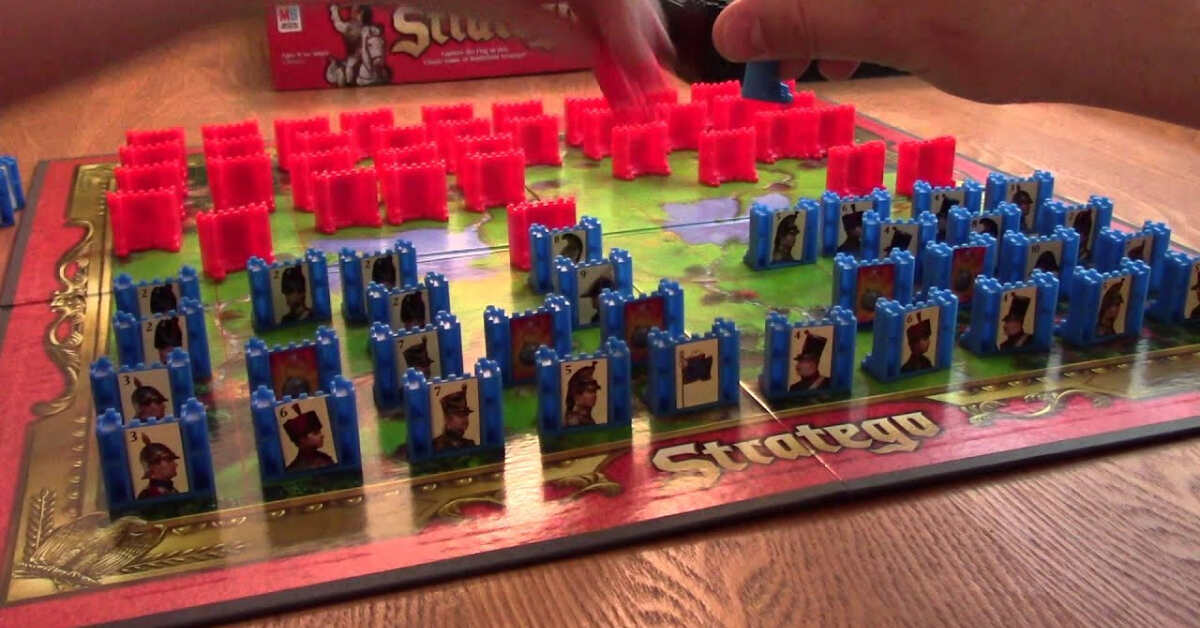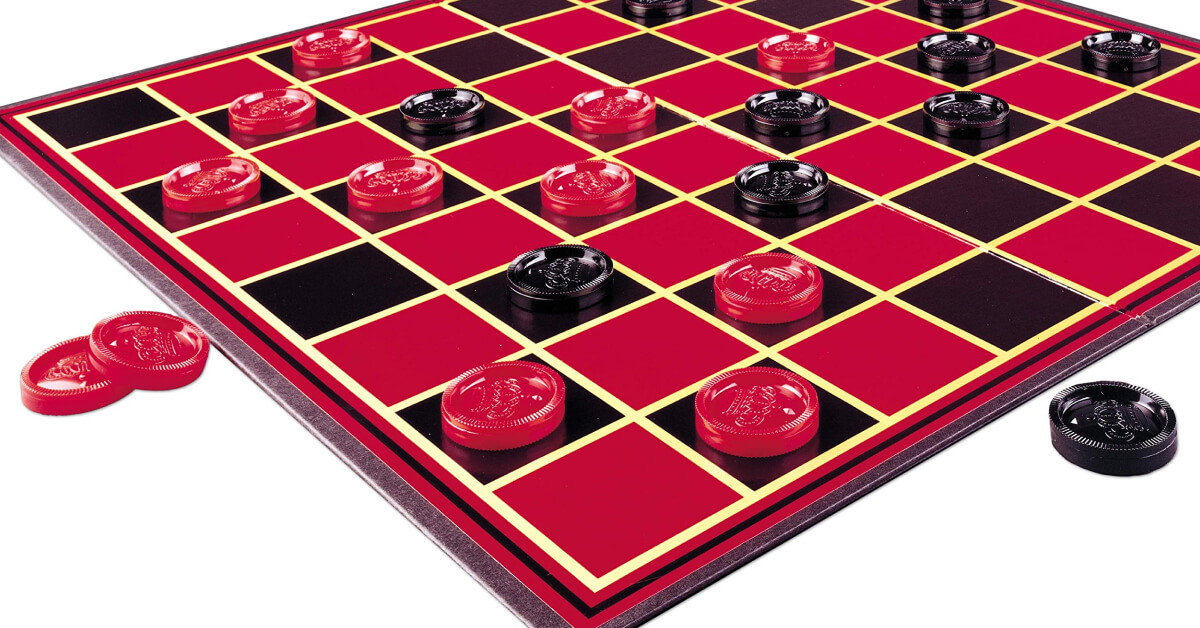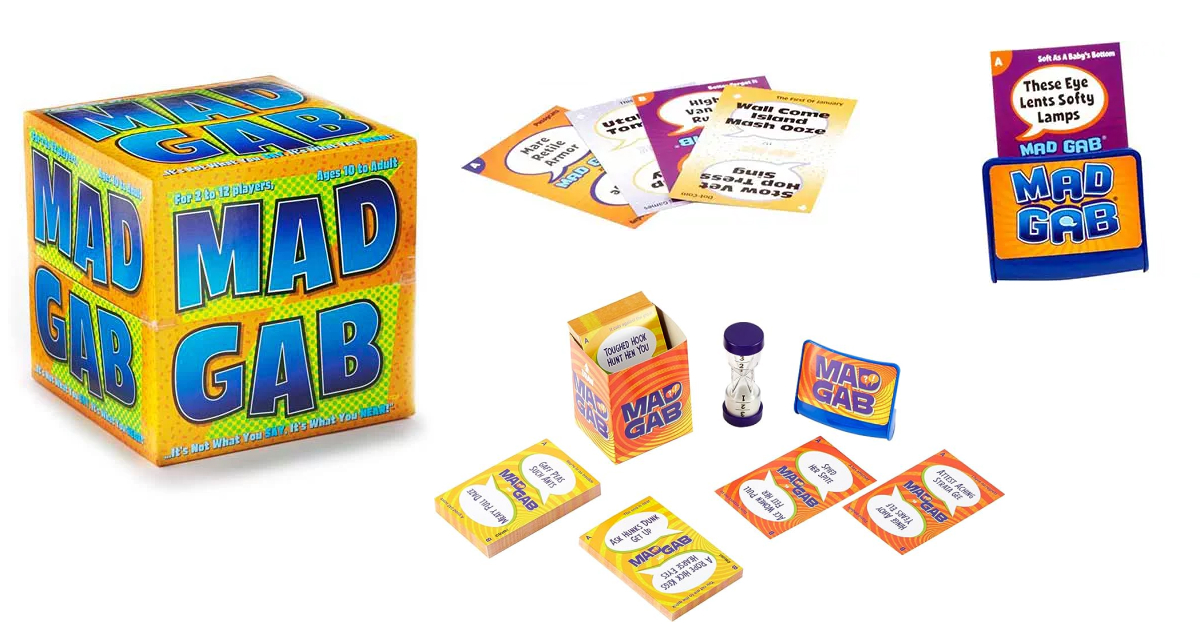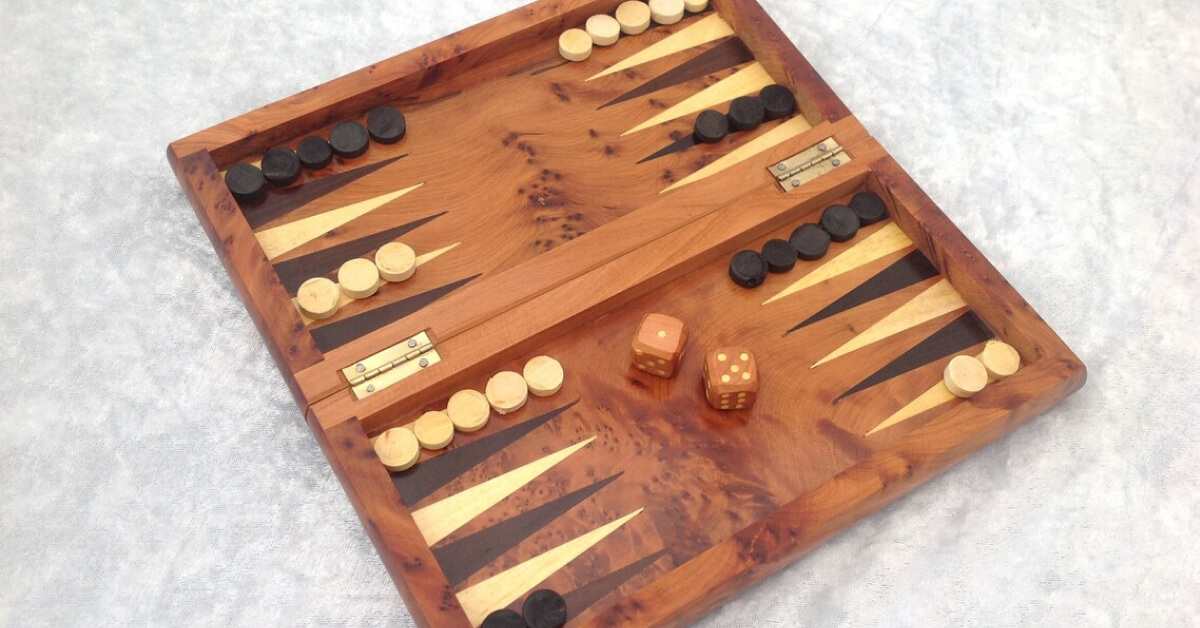In the world of classic strategy board games, few titles match the intrigue and tactical depth of Stratego. A timeless classic, Stratego has engaged the minds of players for generations, offering a unique blend of strategy, psychology, and deduction. Originating in the Netherlands in the early 20th century, this game has evolved and captivated players around the world. In this comprehensive guide, we will delve into the rules, strategies, and nuances of Stratego, allowing you to become a formidable player in this ancient and revered board game. Explore the world of Stratego games and sharpen your strategic skills.
Understanding the Essence of Stratego
Before we explore the rules and strategies of Stratego, let’s grasp the essence of this iconic game.
Stratego is a two-player strategy game that simulates a battlefield. Each player commands an army of 40 pieces, including soldiers, miners, and a marshal. The objective is simple: capture your opponent’s flag while protecting your own. The catch? Your pieces are concealed from your opponent’s view, adding an element of psychology and deception to the game.
Components of the Game
To play Stratego, you’ll need to familiarize yourself with the game components:
1. Game Board:
The game board consists of a grid representing the battlefield, with 10 rows and 10 columns. It serves as the battleground for your pieces.
2. 40 Game Pieces:
These pieces represent your army and come in various ranks, from the marshal (the highest-ranking piece) to the scout (the lowest-ranking piece). Each piece has a unique rank, which determines its strength in battle.
3. Flag:
Your objective is to protect your flag while attempting to capture your opponent’s flag.
4. Screens:
Each player has a screen to conceal their pieces from their opponent’s view. This element of secrecy is central to the game.
5. Setup Cards:
Setup cards are used to arrange your pieces on the board before the game begins. They help maintain secrecy by showing you the rank and location of each piece.
Also See: Irish Board Game Rules & How To Play
Rules of Stratego
Now, let’s dive into the rules of Stratego:
1. Setup:
Each player places their pieces on their side of the board according to the setup cards. The flag must be placed in the back row, while the other pieces can be arranged as desired.
2. Movement:
Pieces move one square horizontally or vertically per turn. They cannot move diagonally.
3. Battle:
When a piece moves onto an enemy-occupied square, a battle occurs. The piece with the lower rank is removed from the board, while the higher-ranking piece remains in its place. If two pieces of the same rank engage, both are removed.
4. Bomb:
The bomb is a unique piece that can’t move. Any piece attacking a bomb is defeated, but the bomb is also removed from the board.
5. Flag:
The flag is the ultimate objective. If a player’s flag is captured, they lose the game.
6. Scouts:
Scouts are the only pieces that can move any number of squares in a straight line, provided there are no obstacles.
7. Revealing Pieces:
When one of your pieces is attacked, its rank is revealed to your opponent. This knowledge can be used strategically.
8. Winning the Game:
The game is won by capturing your opponent’s flag or by immobilizing their army so they can’t make any legal moves.
Strategies for Success
To excel at Stratego, you need more than just knowledge of the rules; you need a solid strategy. Here are some key strategies to consider:
1. Protect Your Flag:
Safeguard your flag by placing it in a well-defended position, preferably behind a line of strong pieces.
2. Bluffing and Deception:
Use lower-ranking pieces to mislead your opponent. Make them think your flag or high-ranking pieces are in certain locations.
3. Marshal’s Role:
The marshal is your most potent piece. Use it wisely but protect it as well, as losing the marshal can be a significant setback.
4. Scout Mobility:
Scouts’ ability to move any number of squares makes them valuable for reconnaissance and capturing the opponent’s flag.
5. Flanking and Ambushing:
Create opportunities for flanking your opponent’s pieces or ambushing high-value targets.
6. Piece Count:
Keep track of the number of each piece that has been revealed or captured. This information can help you make informed decisions.
Variations and Expansions
Stratego has seen various editions and expansions over the years, each introducing unique elements and twists to the classic game. Some versions incorporate different themes or additional rules, offering fresh challenges for seasoned players.
Creative Stratego Activities
Enhance your Stratego experience with these creative activities:
1. Custom Boards:
Create custom game boards with unique terrain features or scenarios.
2. Themed Sets:
Explore themed Stratego sets, such as historical or fantasy-themed versions.
3. Tournaments:
Organize Stratego tournaments with friends or local gaming groups to compete and improve your skills.
Conclusion
Stratego is a timeless classic that continues to captivate players with its blend of strategy, psychology, and deduction. Whether you’re a seasoned player or new to the game, mastering Stratego is a rewarding endeavor. So, prepare your army, lay your battle plans, and engage in epic battles on the battlefield of Stratego. May your strategies be cunning,




